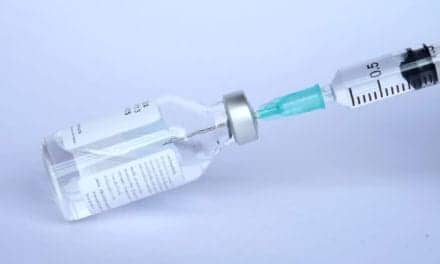In 2011, the CMS began requiring hospitals to report specific types of HAI data to the National Healthcare Safety Network (NHSN). The focus on HAI prevention and forcing hospitals to track their numbers is having a positive effect. Reports show significant reductions in the number of HAIs from the 15% of patients estimated to develop infections in 2002.
Although data alone are valuable, the NHSN database also allowed the CMS to prepare for the next stage, which is to eliminate reimbursement for certain HAIs. The financial incentive to reduce HAIs will undoubtedly put infection preventionists in the spotlight and, hopefully, decrease the number of HAIs further.
A recent report estimated the cost of the five most common HAIs to the health care system alone to be $9.8 billion. With the CMS transferring that cost back to the hospitals, infection preventionists should not have any difficulty getting administrators and other stakeholders’ attention. Using automated surveillance systems not only improves awareness and data tracking, but also allows infection preventionists to identify and recommend specific changes, which result in improved patient outcomes.









